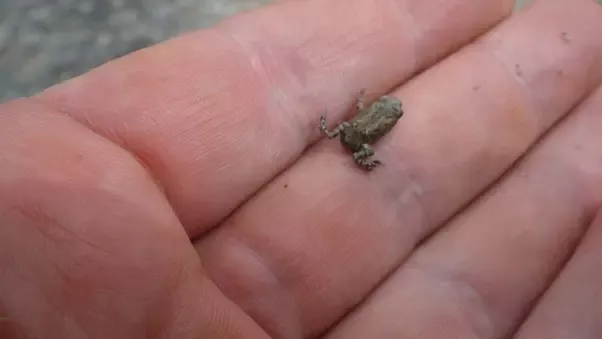mofotechblog.com – In the vast and diverse world of amphibians, there exists a fascinating group of creatures that are often overlooked due to their diminutive size. These tiny amphibians, including miniature frogs and salamanders, lead secretive lives that are both intriguing and vital to the ecosystems they inhabit. Despite their small stature, these creatures play significant roles in their environments, and their survival is crucial for maintaining ecological balance.
The World of Miniature Frogs
Miniature frogs are a group of amphibians that are characterized by their small size, typically measuring less than an inch in length. These tiny creatures are found in various parts of the world, with some of the most well-known species living in the rainforests of Central and South America. The Paedophryne amauensis, for example, is one of the smallest vertebrates on Earth, measuring just 7.7 mm in length.
Habitat and Lifestyle
Miniature frogs are often found in dense, moist environments such as the leaf litter of rainforests. Their small size allows them to exploit microhabitats that are inaccessible to larger animals, giving them a unique ecological niche. These frogs are generally nocturnal, emerging at night to feed on tiny insects and other invertebrates.
Reproduction and Development
The reproductive strategies of miniature frogs vary widely. Some species lay their eggs in small pools or on the forest floor, while others exhibit direct development, where the eggs hatch into small froglets without an aquatic larval stage. This direct development is an adaptation to their terrestrial lifestyle and the ephemeral nature of their breeding sites.
The Secret Lives of Salamanders
Salamanders are another group of amphibians that include many small species. Unlike frogs, salamanders have a more diverse range of habitats, from the moist forests to the arid deserts. Some of the smallest salamanders, such as the Thorius arboreus, are barely visible to the naked eye, measuring only a few millimeters in length.
Habitat and Behavior
Salamanders are primarily nocturnal and spend most of their lives hidden under logs, rocks, or in the soil. Their small size allows them to escape predators by burrowing into tight spaces. Despite their secretive nature, salamanders play a crucial role in their ecosystems by controlling populations of insects and other invertebrates.
Reproduction and Life Cycle
Salamanders exhibit a variety of reproductive strategies, from external fertilization in water to internal fertilization followed by live birth on land. Some species have a biphasic life cycle, with both aquatic larval and terrestrial adult stages, while others have direct development, bypassing the larval stage altogether.
Conservation Challenges
The tiny size of these amphibians makes them particularly vulnerable to habitat destruction, climate change, and pollution. Their secretive nature also means that many species remain undiscovered or poorly understood, which complicates conservation efforts. Protecting the habitats of miniature frogs and salamanders is essential for preserving the biodiversity of our planet.
Conclusion
The secret lives of miniature frogs and salamanders reveal a hidden world of diversity and adaptation. These tiny amphibians are not only fascinating in their own right but also play critical roles in their ecosystems. As we continue to uncover the mysteries of these diminutive creatures, it is our responsibility to protect them and their habitats for the benefit of all life on Earth.
